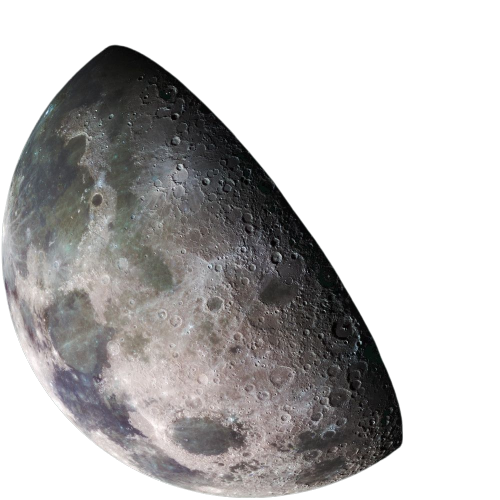We’ve discussed this issue with numerous Northern Lights guides and photographers, and the consensus is that a full moon only impacts on a weak Auroral display and only when it is directly, or almost directly, behind that display. Indeed, the majority of Northern Lights photographers welcome the presence of a full moon as it adds another dimension to their Aurora imagery.
The thing to remember about the moon is that in relation to the vastness of space, it is absolutely tiny. Have a look at the night sky and note the miniscule fraction of that sky that is occupied by the moon. In our experience it is only weak Auroras that are diminished by the light of the moon and, very often, a weak Aurora is more frustrating than no Aurora at all because waiting and hoping for a smudge of green light to develop into something spectacular can be hugely frustrating.
If that weak Aurora is positioned directly in front of a full moon then there is likely to be a loss of clarity but, in our experience, any half decent Aurora display will remain clearly visible even when the moon is at its fullest.
A full moon in the Arctic sky is a wonder in its own right and we’d urge you not to be put off travelling because of it.

Contrary to what you may have read or heard elsewhere, the Aurora Hunter’s worst enemy is not a full moon. In fact, most Aurora hunters, guides and photographers rather like having a full moon in the sky because it is in itself a thing of great, great beauty and only really impacts negatively on weak Auroral displays.
No, the thing that Aurora hunters don’t like is cloud, especially thick, dense blanket cloud cover, which renders the night sky, and hence the Northern Lights, invisible. On such nights, you have to be prepared to drive for hours and hours in search of either clear skies or breaks in the clouds, and even if you do find a gap, you are still relying on geomagnetic activity to provide the Northern Lights.
Obviously, the ideal situation for Northern Lights viewing is a completely clear sky, but broken or limited cloud cover will provide some interesting contrast to an Auroral display. It’s just those frustrating nights when the cloud hangs heavy that cause the professionals to stomp around the house like bored kids on a rainy day during the school holidays.
Image credits: Northern Lights Village, NASA/JPL/USGS